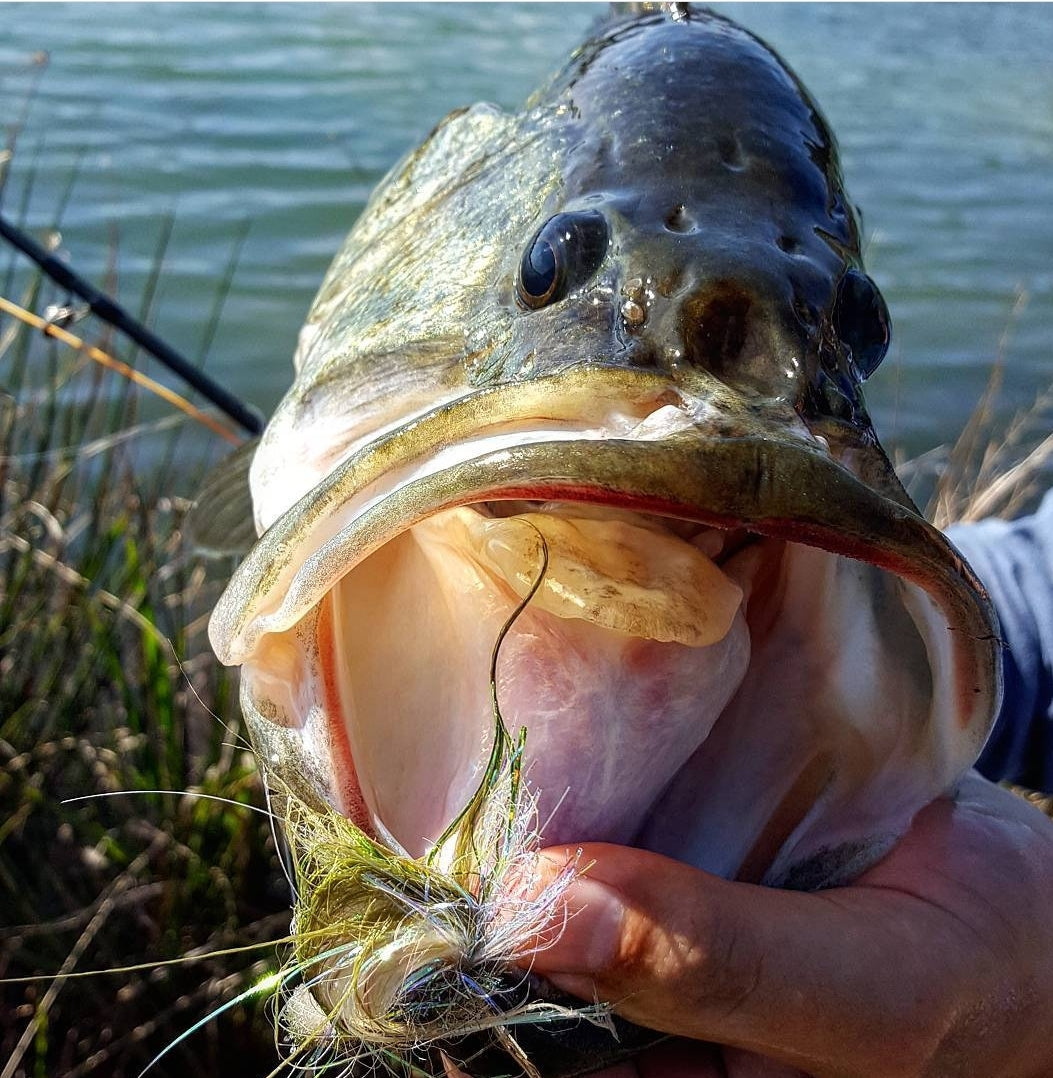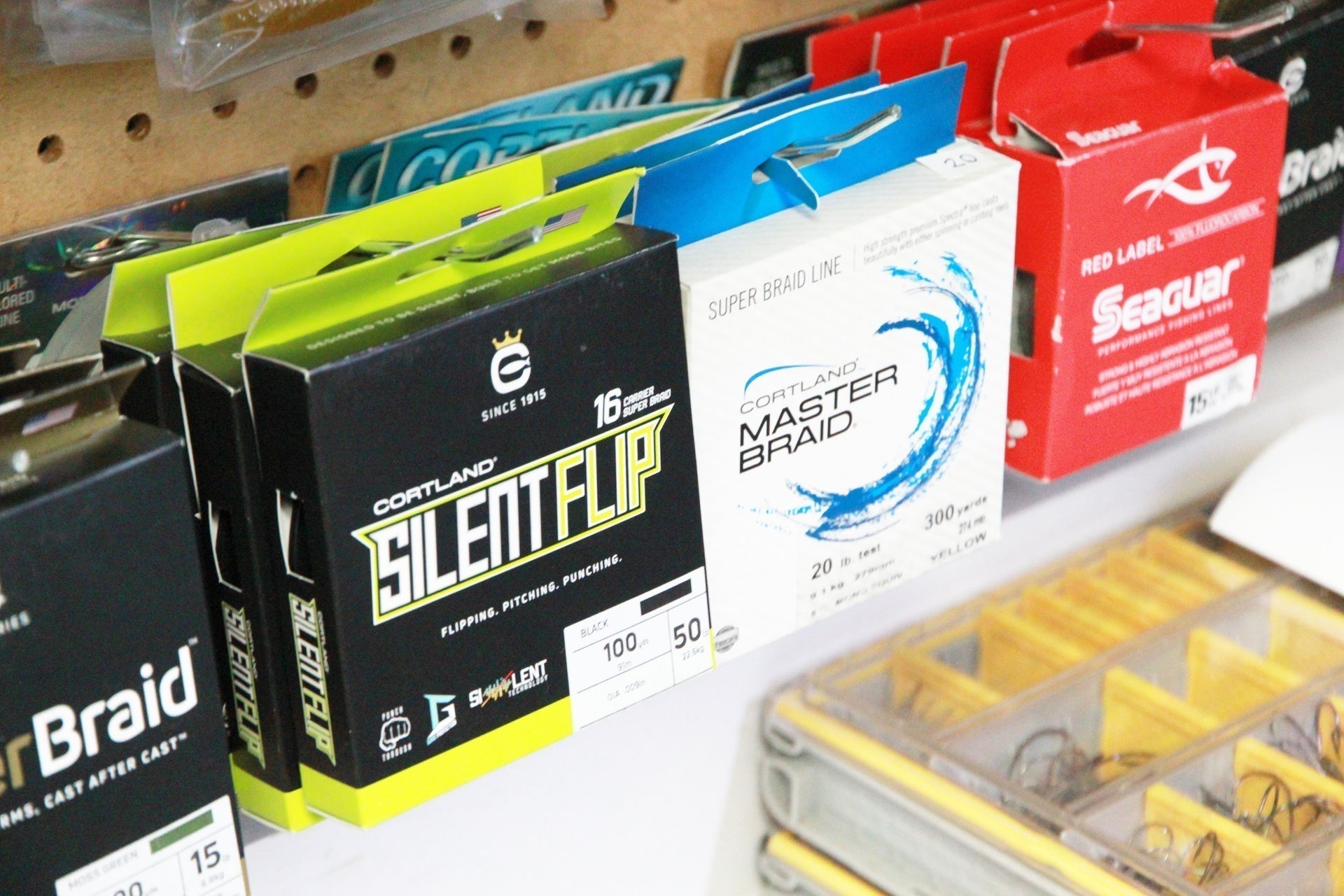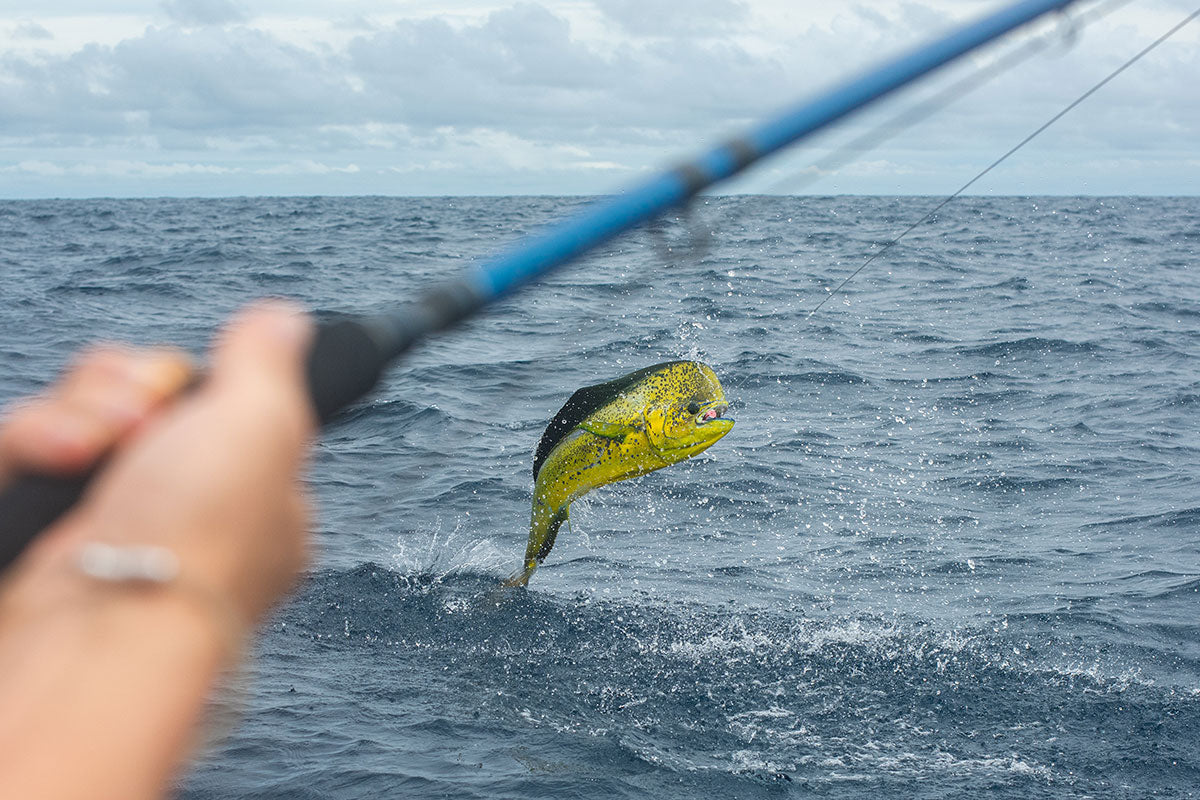Article Written by Peter Jordan. Learn More About the author below / Article Read Time: 7 Minutes
I live in a part of the country that is dominated by Redfish. Not to say that we are overrun by them, but we do have a very healthy population. I mean that as a fly angler, the pursuit of Redfish is sort of all anyone wants to discuss. There is no doubt that I absolutely love fly fishing for Redfish. I love the cat and mouse game, and seeing the fish react to the fly and of course the eat! But to me, because I grew up in Central Alabama, bass fishing is a part of who I am. I love the places they reside, from swamps, to lakes, to rivers, to small creeks. I love how hardy they are and how they seem to pop up anywhere. I love how aggressive they are and I even love the fact that I am most often blind casting.

I like not knowing when the strike will happen. I love getting to know the fish, I love getting to know the waters that they reside. I love the jumps, the head shakes, and knowing that if that fish can make it back to cover, I will be beaten soundly. But the more that I study these fish, the more I push harder and harder to find the biggest fish in the system. Each area has its trophies. And it’s important to realize that distinction is relative to where you’re fishing. That’s true I think for all species of fish.
I must admit, I absolutely hate the stigma that fly fishing for bass is easy, especially largemouth bass. I hate the notion that they are what you fish for when you have no other options. What they are is simply a great game fish that is easily accessible for most anglers. They can be as selective as any fish. They can force you to think outside of the box. And if you really want to target a trophy class of fish, you must have a completely different mindset. These fish will force you to fish new places, come up with new fly patterns, and develop new techniques as well.
Depending on where you are in the country, these fish often see a good bit of pressure on public waters. They receive it from anglers that absolutely specialize in fishing for that one species of fish. These anglers are using the best in sonar technology and are very tuned in to the hottest presentations available. The tournament culture of bass fishing has basically turned the pursuit of these fish into a science for some. These folks in their $80k bass rigs are dead serious about what they are after. As a result, many of the bass fisheries have become extremely pressured. These fish have seen EVERYTHING!

However, as fly anglers, we can have a number of tricks up our sleeves as well. We can take advantage of our ability to tie our own flies to perfectly match the local forage. We can also design flies to have perfect action to trigger these fish into striking. Another advantage is that flies generally land much more softly than conventional presentations. In short we have the advantage of being able to bring new presentations each time we come to the water in the most stealthy method possible.
But even with those advantages we still need to take into account the fish’s behavior. This is a place that the gear guys are often miles ahead of us. Tournaments have forced these guys to really dial in what these fish are doing based on a variety of conditions. None of this is fool proof of course, but there are some very affective rules of thumb. We as fly anglers can certainly take note and make ourselves better anglers and use their knowledge to flatten our learning curve.
No matter where we choose to go after these fish, the first thing we need to understand is the fish’s strike zone. This is simply how far a fish is willing to move in order to take a fly. The strike zone is usually determined by conditions such as water temperature, light penetration in the water, water clarity, and current speed. So a fish in light current on a cloudy day with good water temps and clean water might be willing to run down your fly. He might go 20ft to crush it. But if we have fast, cold, muddy water on a sunny day, you would most likely have to hit the fish in the mouth for them to take the fly.

The big thing to take away from this is how far a bass is willing to move based on how safe they feel. These fish like to ambush their prey and as a result they would prefer to move as little a possible to take the fly. In cases like fast water, they would prefer not to lose their break from the current. When we look at muddy water, that lack of visibility greatly reduces their ability to detect your fly in the water.
Like I said earlier, these fish are ambush predators and will do their best to stay as close to their ambush points as possible. These ambush points are places that they can hide from prey items as well as from predators. The next question is, what are bass looking for in regard to structure? Will any piece of structure do? Do they have preferences? They most certainly do. Bass are always looking for transition points, places to take shelter from the current, at creek mouths, on points, or in bends. Structure can be just about anything from rocks, to fallen trees, to aquatic vegetation, if it provides cover, it’s good structure.

Now armed with these basic ideas, where do we need to look to try to take the biggest fish in the system? Unfortunately there is no set location or type of place to look. Bass are aggressive and territorial by nature. So, anglers often take a toll on those dominate fish in the system. They either become very selective or move on. That’s if they were lucky enough to be released. I find that the best thing to do is start exploring. Look for new bodies of water that aren’t frequented by other anglers. Just like with any other type of fishing, if you’re willing to put in the miles, the hiking, paddling, motor time, or whatever, you can find new water. Sometimes it can be right under your nose! I have often been shocked by the bass I have caught in creeks running through a city.
There are always going to be exceptions to the rule, but if you’re in a high traffic area, the largest bass in the system have moved out. The reason being that they are going to have to stay in areas that will have more bait. The better the water quality, the fewer people that go through the area, the better. A little bit of time studying the map and trying to reach new places to fish will usually pay off.
If you can get past log jams, or make long floats, of get to areas that are too hard to access with a traditional bass boat, that hard work usually pays off. These fish are usually more willing to take a fly and much larger than fish that are stuck in those more high pressure areas. I can tell you for a fact that I have caught way more big bass out of canoes and jon boats that anything else. Also as an angler you will find the places you reach as part of this pursuit are amazing and often we had no idea they existed.

One thing I have on nearly all of my bass flies is a weed guard. You want to be able to put your fly in the slop, into downed trees, and know that you can get your fly through. This is exactly what the forage is doing and bass get wise to patterns that stray to wide of cover. But with that love of fishing heavy cover with flies that are fished deep in the water column, it’s important to make sure you can get that fish out of cover. The tradeoff for having and using weed guards is that you have get really good at setting the hook. I also suggest fluorocarbon leader to eliminate stretch. Having a hard strip set and then getting that fish out of cover is key to success. A fight with a big largemouth is won or lost in the first three seconds. If you don’t get them out of that cover, it’s all over.
The presentations that we choose must take the fish’s strike zone into account. We have to consider what these are doing based on the situation at hand. Then we have to take that information and not only pick the right pattern to go after these fish but also the correct way to fish them. This isn’t anything that we aren’t already doing with the other species of fish that we pursue. Each species of fish has it’s own set of challenges and as conditions change through out the season or even the day we have to adapt to them.
I’m sad to say that this isn’t even scratching the surface on fly fishing for black bass, but hopefully it’s a start. I hope it leads you to foggy morning in a jon boat sculling the boat past cypress trees. I hope that this leads you to portaging a canoe through a log jam. I hope that this leads you to find new places on bodies of water that you thought that you knew only too well. Largemouth bass are for most of us fly anglers something that we grew up with and should never grow out of.

About the Author
Peter Jordan is a guide, fly tyer and the owner of Lost Angler Fly Shop in Daphne, Alabama. An Alabama native, he is passionate about targeting bass on the fly and guiding people onto native species in his local area.
To find out more information about targeting bass on the fly or fishing Alabama, follow Lost Angler here:
Instagram - @lost_angler
Website - https://www.lostangler.net/


